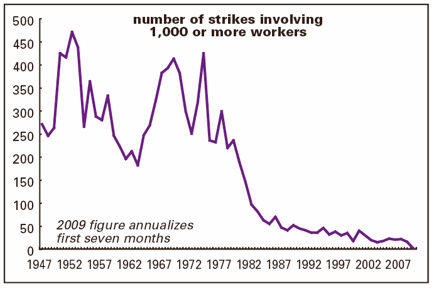Quelle Surprise! New Home Construction Plunges
How could anyone have expected new home building to be anything more than anemic with housing prices expected to fall nationwide in 2011? Did some forecasters miss the fact that there are a lot of foreclosures in the pipeline given the current level of serious delinquencies as well as a lot of shadow (homeowners who would like to sell but are not putting their homes on the market due to depressed prices in their market?)
Read more...
